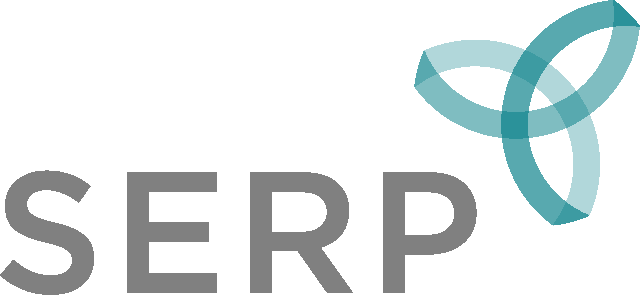Organization and Operation of the District
Action 9
Establish reliable and robust bi-directional systems of communication across levels of the system.
District leaders should establish routines for learning about teachers’, coaches’, and school leaders’ current problems of practice and about how current improvement initiatives are working.
The Problem
Districts routinely establish lines of communication that stretch from the highest levels of the central office to the classroom. Decisions of all types—regarding reorganization of responsibilities, changes in curriculum or assessments, new priorities or practices, and systems of accountability—all travel to classrooms through established pathways. While the pathways for “talking down” are well established, pathways for “listening up” are far less traveled; in some districts, they do not exist at all. Without frequent communication upward, teachers and school administrators often become cynical about the role of the central office, believing they do not understand either the implications of their decisions on the ground, or the additional burdens they are adding to an already challenging situation. Because the cynicism runs so deep in many large, urban districts, it can be challenging to make progress even on informed, coherent, and well-supported plans for instructional improvement.
What Can Be Done?
District leaders at all levels are aware that there is a world of difference between what can be accomplished when people want to do something and when they do not. The importance of “buy-in” is widely recognized, though it is often considered after the fact as a problem of getting others to go along with a change that has already been decided upon and planned. True investment of others in a plan requires that it solves a problem that those others care about in a way that makes sense to them. Well-established pathways from the classroom to central office decision makers can ensure that teachers and school administrators feel heard on a regular basis. If they see that their concerns and challenges are reflected in district decisions, then they are likely to be more open to new and ongoing improvement efforts.
Establishing effective upward pathways requires both that it is clear who a teacher or administrator should speak with about different types of concerns and, critically, how that communication makes its way upward. As an example, a district with a committed central office team worked with a group of teachers to develop a core curriculum that was to be used district-wide in mathematics. In some schools, teachers found the curriculum to be too piecemeal and began to substitute for parts that seemed insufficiently coherent. They had complained to the principal, and the principal supported the teachers’ use of alternative materials. However, when the central office math team learned that other materials were being used, they doubled down by insisting that teachers use the district curriculum and, not surprisingly, were met with resistance. As outside collaborators, we could see that both the teachers and the district math team were trying to do what they thought was best for students, and both stood on solid ground. The teachers voiced their concerns to the principal, but there was no established line of communication that would have allowed the teachers to tell the district math team why the new curriculum was not working for them, and what the team needed to do to fix it.
This example is not unique. In districts where teachers have leeway to make independent decisions, members of content area teams often find that the materials they provided to the school have been left on a shelf, and their extensive efforts at improving content area learning have failed. In more tightly regulated districts, disgruntled teachers may be using flawed materials despite their awareness of major shortcomings. Both are suboptimal outcomes that could be improved if there were more effective lines of communication.
Especially in large school systems, it can seem daunting to consider structuring channels of upward communication. But, in fact, the downward channels can simply be reversed. Someone is inevitably responsible for communicating to schools how a change is to take place. But they are rarely assigned the task of hearing from schools how that change is working out, or what problems school personnel think need to be solved. Changes initiated at the highest level of the system leave those closest to the classroom unempowered because they do not have the standing to claim senior leaders’ time to give feedback. Structuring lines of communication upward, then, means establishing specific times and venues for feedback to be heard at higher levels of the system. Meetings already occur routinely in which the most senior person present will later be in a meeting with their supervisor. These are opportunities for information to travel upward. But in our experience, communicating feedback upward is not an assigned task or an item on meeting agendas. Making it so is an investment of time that has the potential to pay high dividends.
